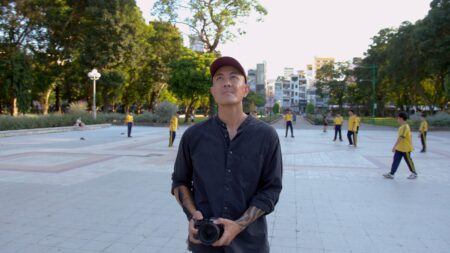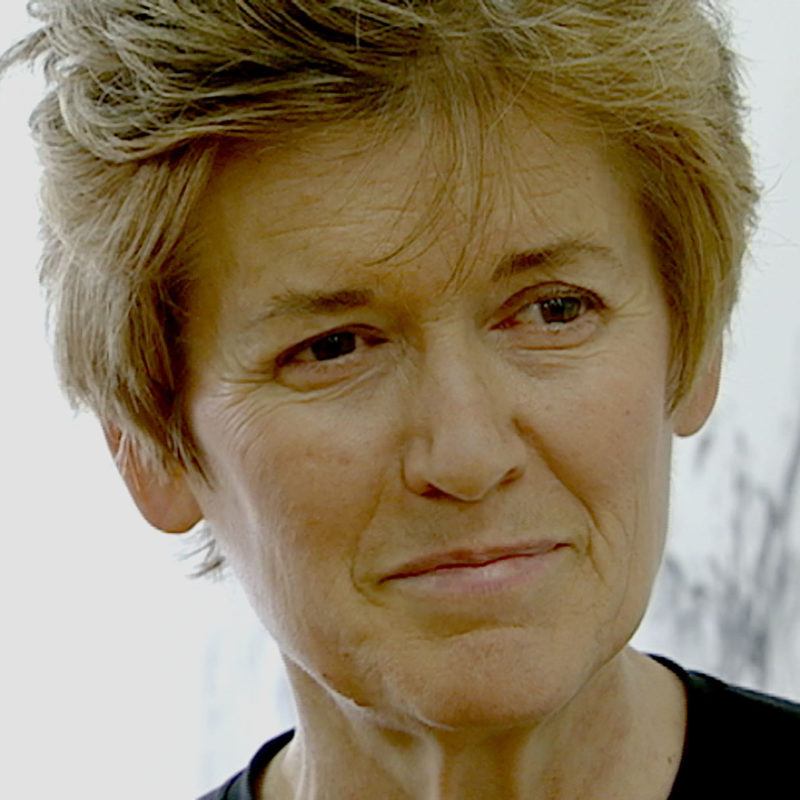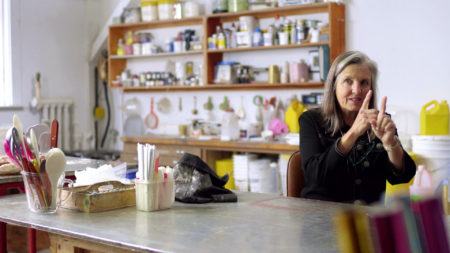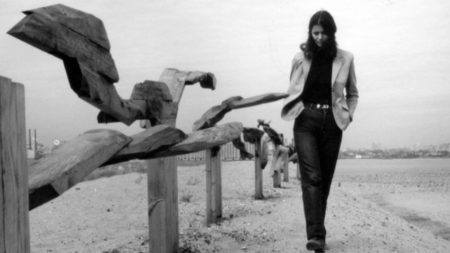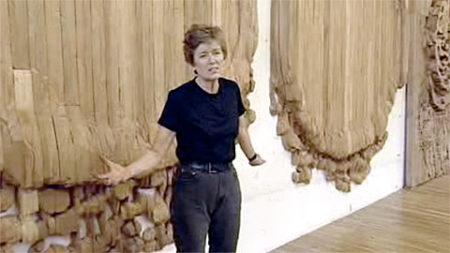Continue playing
(Time remaining: )
Play from beginning
Continue playing "{{ controller.videos[controller.getVideo(controller.currentVideo)].segmentParentTitle}}"
{{controller.videos[controller.getVideo(controller.currentVideo)].title}} has ended.
GiottoUrsula von Rydingsvard
From her Brooklyn studio, Ursula von Rydingsvard details her infatuation with Florentine painter, Giotto di Bondone.
“I think if I were to dip into art history, I would choose Giotto as a role model,” says the artist. “There’s something so earnest and contained about the psychological reaping that he does with his faces, with his hands, and even the cloth that he puts on his people.”
Credits
Producer: Susan Sollins & Nick Ravich. Camera: Joel Shapiro. Sound: Mark Mandler & Roger Phenix. Editor: Steven Wechsler.
Closed captionsAvailable in English, German, Romanian, Italian, Japanese, Korean, Chinese, Italian
Through the Art21 Translation Project, multilingual audiences from around the globe can contribute translations, making Art21 films more accessible worldwide.
Interested in showing this film in an exhibition or public screening? To license this video please visit Licensing & Reproduction.
Ursula von Rydingsvard’s massive sculptures reveal the trace of the human hand and resemble wooden bowls, tools, and walls that seem to echo the artist’s family heritage in pre-industrial Poland before World War II. She builds towering cedar structures, creating an intricate network of individual beams and sensuous, puzzle-like surfaces. While abstract at its core, von Rydingsvard’s work takes visual cues from the landscape, the human body, and utilitarian objects—such as the artist’s collection of household vessels—and demonstrates an interest in the point where the man-made meets nature.
In the Studio
Liz Magor
El Anatsui
Julie Mehretu
How does sculpture change when it is "taken off the pedestal"?
Ursula von Rydingsvard
Ursula von Rydingsvard
Ursula von Rydingsvard
Ursula von Rydingsvard
